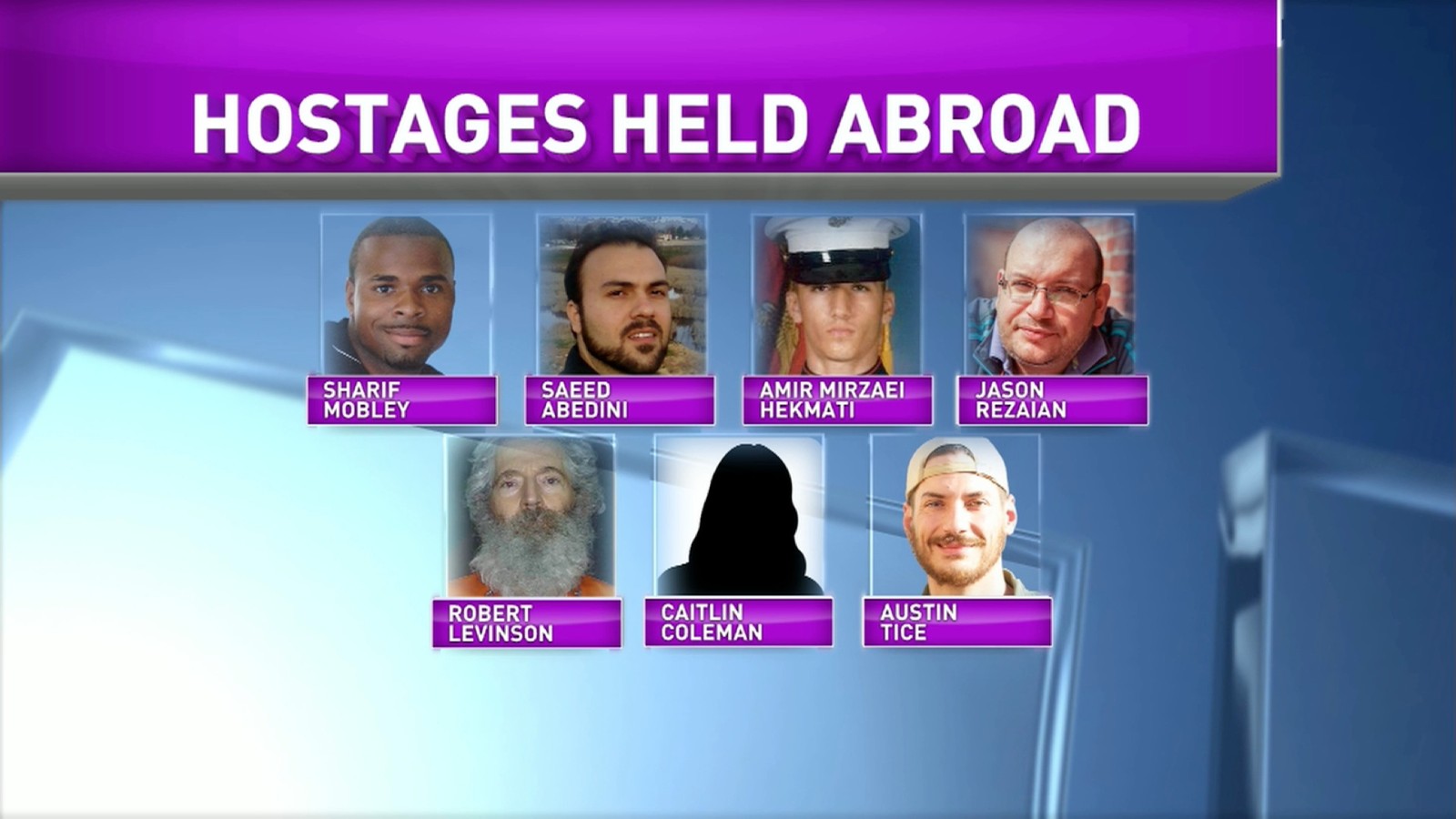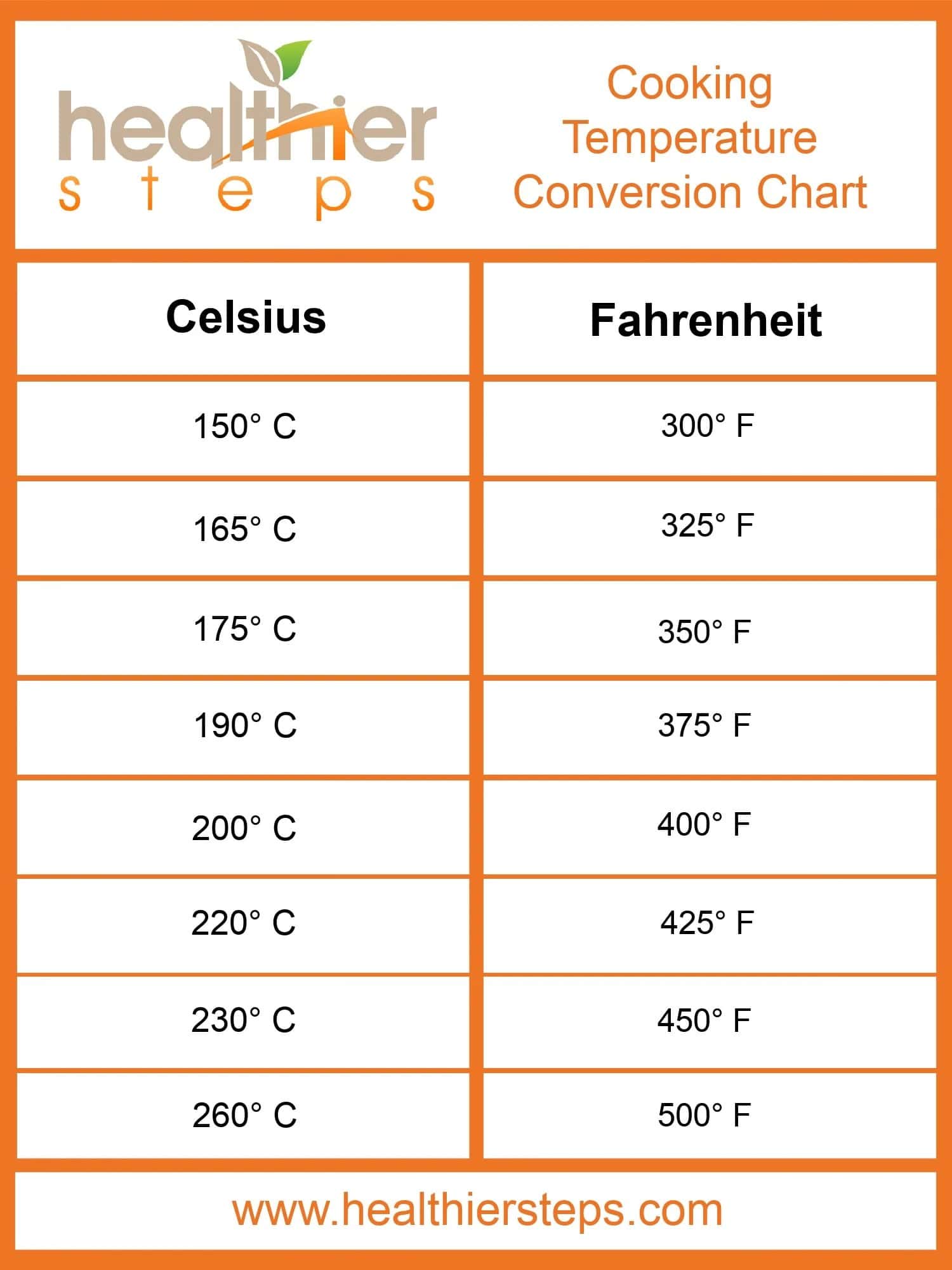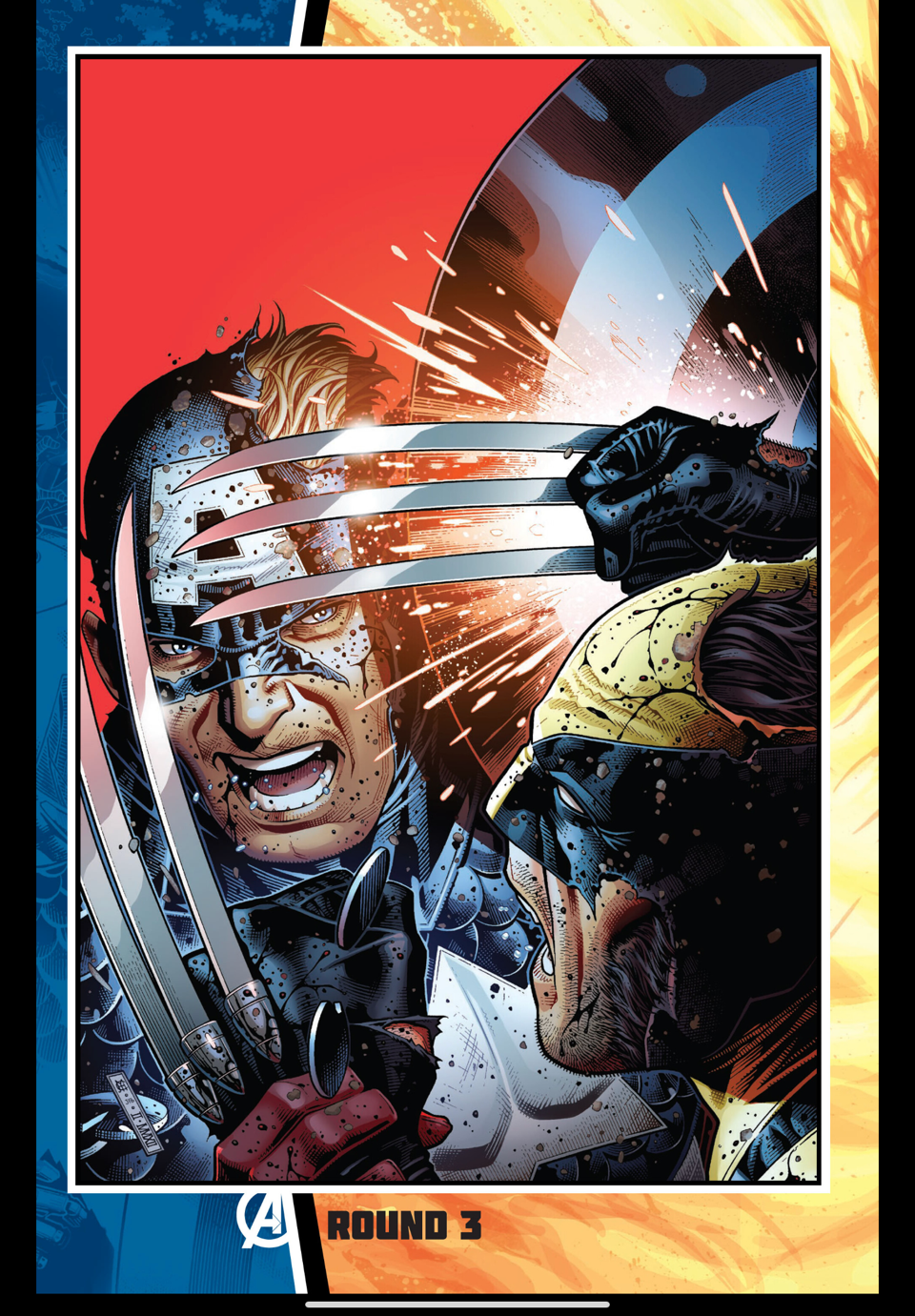Rising Temperatures Prompt Health Department Advisory: Protect Yourself From The Heat

Table of Contents
Understanding Heat-Related Illnesses
Extreme heat can cause a range of health problems. Understanding the symptoms and treatment of heat-related illnesses is crucial for protecting yourself and others.
Heat Exhaustion
Heat exhaustion is a milder form of heat-related illness, but it can still be dangerous if not treated properly. Symptoms typically include:
- Heavy sweating
- Weakness
- Dizziness
- Headache
- Nausea
- Muscle cramps
- Cool, clammy skin
First Aid for Heat Exhaustion: Move the person to a cool place, have them lie down and elevate their legs, remove excess clothing, and give them sips of water or a sports drink. Seek medical attention if symptoms worsen or don't improve within an hour.
Heat Stroke
Heat stroke is a life-threatening medical emergency. It occurs when the body's temperature regulation system fails. Symptoms include:
- High body temperature (above 103°F or 39.4°C)
- Confusion
- Seizures
- Loss of consciousness
- Rapid, strong pulse
- Hot, dry skin (often without sweating)
Emergency Response for Heat Stroke: Call emergency services immediately (911). While waiting for help, move the person to a cool place, remove excess clothing, and try to cool them down with cool water or ice packs (focus on the neck, groin, and armpits). Do not give them anything to drink.
Other Heat-Related Illnesses
Other heat-related problems include heat rash (a skin irritation caused by excessive sweating) and sunburns. For more information on treating these conditions, consult your doctor or visit the website of the American Academy of Dermatology.
Protecting Yourself From the Heat
Taking proactive steps to protect yourself from the heat is crucial during a heatwave. Here are some essential tips:
Stay Hydrated
Hydration is key to preventing heat-related illnesses. Drink plenty of water throughout the day, even before you feel thirsty. Avoid sugary drinks and alcohol, as they can dehydrate you. Carry a reusable water bottle and refill it frequently. Aim to drink enough water to keep your urine light yellow.
Dress Appropriately
Wear lightweight, loose-fitting, light-colored clothing. Light colors reflect sunlight better than dark colors. Consider sun protective clothing and hats with wide brims to shield your skin and face from the sun's rays.
Limit Outdoor Activities
Avoid strenuous activities during the hottest parts of the day (typically between 10 a.m. and 4 p.m.). If you must be outdoors during these times, take frequent breaks in shaded areas. Schedule outdoor activities for the cooler morning or evening hours.
Seek Shade and Air Conditioning
Spend time in air-conditioned places whenever possible. If air conditioning isn't available, seek shade and use fans to create a breeze.
Check on Vulnerable Populations
Remember to check on elderly neighbors, young children, and individuals with chronic health conditions who may be more susceptible to heat-related illnesses. Make sure they have access to cool environments and plenty of fluids.
Resources and Further Information
- Centers for Disease Control and Prevention (CDC): [Insert CDC link here]
- National Weather Service: [Insert NWS link here]
- [Your Local Health Department]: [Insert Local Health Department link here]
- Emergency Services: 911
Conclusion
Protecting yourself from the heat is vital during this period of rising temperatures. Remember the key takeaways: stay hydrated, dress appropriately, limit strenuous outdoor activities, seek cool environments, and check on vulnerable individuals. Heatstroke is a life-threatening emergency; early recognition and prompt action are crucial. Don't let the heat get the best of you; share this information with friends, family, and neighbors and take steps to protect yourself from the heat and beat the heat this summer! Stay safe and stay cool!

 Gaza Hostage Situation The Nightmare Continues For Families
Gaza Hostage Situation The Nightmare Continues For Families
 Extreme Heat In Indore 40 Celsius Temperature Triggers Health Warning
Extreme Heat In Indore 40 Celsius Temperature Triggers Health Warning
 Recasting Mcus Scarlet Witch And Quicksilver Ian Mc Kellens Avengers Doomsday Opportunity
Recasting Mcus Scarlet Witch And Quicksilver Ian Mc Kellens Avengers Doomsday Opportunity
 Nba Draft Lottery Analyzing The Chicago Bulls Chances At Cooper Flagg
Nba Draft Lottery Analyzing The Chicago Bulls Chances At Cooper Flagg
 Will Renewed Trump Tariffs Cripple Europes Trade
Will Renewed Trump Tariffs Cripple Europes Trade
